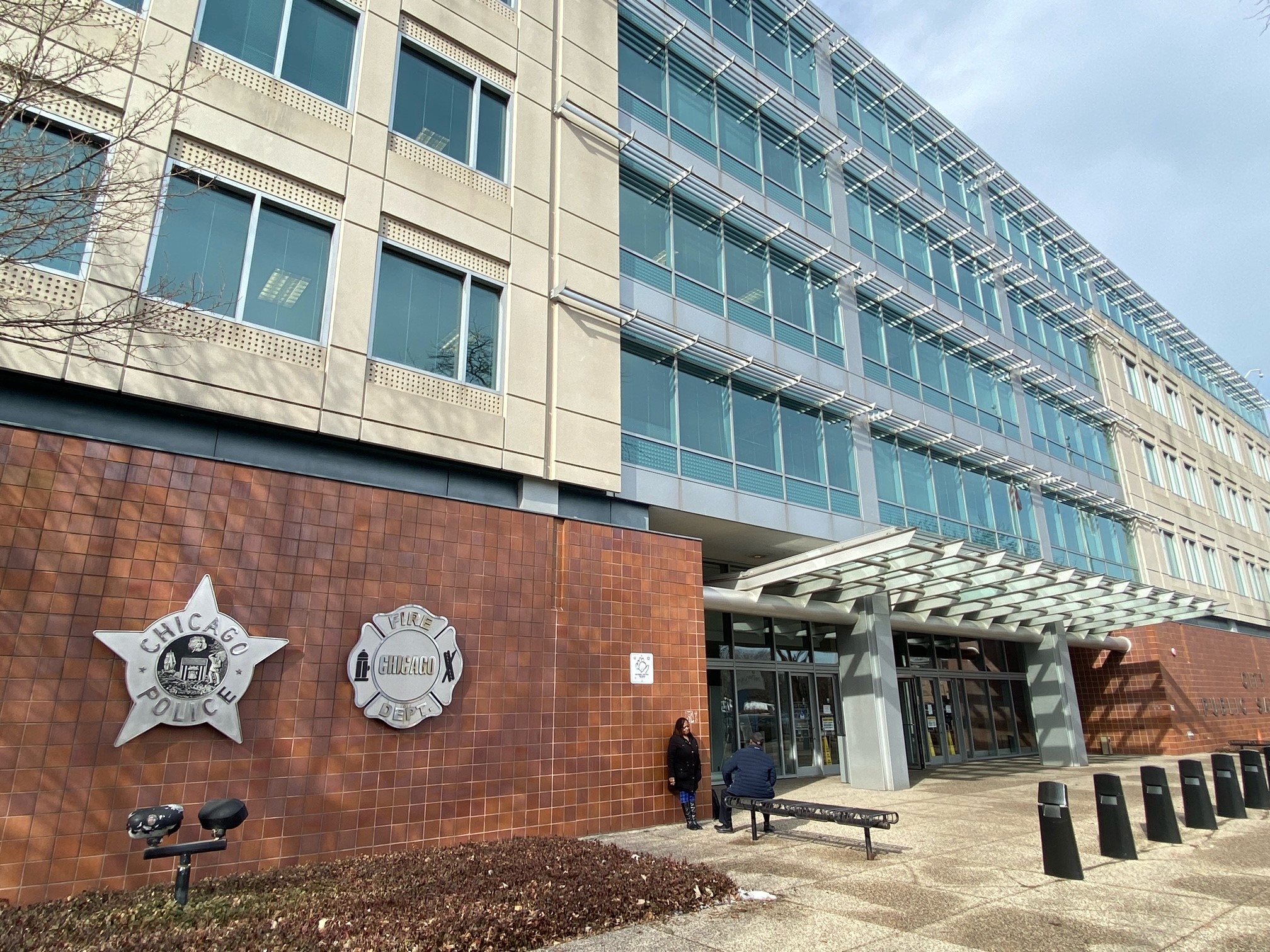Filmmaker Wes Craven is remembered by most as a famed writer, director and horror virtuoso in Hollywood, but he also had roots in a Chicago suburb.
Craven attended Wheaton College, west of Chicago, before beginning his career as an iconic filmmaker, creating memorable films like "Nightmare on Elm Street" and characters like Freddy Krueger.
During his time at Wheaton College, Craven reportedly edited the literary magazine known as Kodon and later worked on an off-campus magazine called Brave Sons.
In a 1977 interview with the Chicago Tribune Craven noted that he chose Wheaton College because his sister's fiance went there.
"I was the first member of my family to attend college, and, frankly, the idea of applying to more than one school never occurred to us," he said.
Craven, who died Sunday at age 76 after battling brain cancer, is expected to be honored in a special tribute in suburban Naperville.
The tribute, which will be followed by a small vigil and moment of silence, will be held during the "A Nightmare on Elm Street" event on Oct. 30, and will be hosted by Mimi Craven. The event will also help raise money for those with brain cancer.
Local
Craven is known for redefining genres in the film world.
The prolific writer-director ushered in two distinct eras of suburban slashers, first in the 1980s with his iconic "Nightmare on Elm Street" and its indelible, razor-fingered villain Freddy Krueger. He did it again in the 1990s with the self-referential "Scream."
Both reintroduced the fringe genre to mainstream audiences and spawned successful franchises.
Perhaps it was his perfectly askew interpretation of the medium that resonated with his nail-biting audiences.
"Horror films don't create fear," Craven said. "They release it."
Craven didn't solely deal in terror. He also directed the 1999 drama "Music of the Heart," which earned Meryl Streep an Oscar nomination. But his name, and his legacy, will always be synonymous with horror.
"He was a consummate filmmaker and his body of work will live on forever," said Weinstein Co. co-chairman Bob Weinstein, whose Dimension Films produced "Scream." ''My brother (Harvey Weinstein) and I are eternally grateful for all his collaborations with us."
Craven was born in Cleveland, Ohio, on Aug. 2, 1939, to a strictly Baptist family. Though he earned a Master's Degree in philosophy and writing from John Hopkins University and briefly taught as a college professor in Pennsylvania and New York, his start in movies was in pornography, where he worked under pseudonyms.
Craven's feature debut under his own name was 1972's "The Last House on the Left," a horror film, inspired by Ingmar Bergman's "The Virgin Spring," about teenage girls abducted and taken into the woods. Made for just $87,000, the film, though graphic enough to be censored in many countries, was a hit. Roger Ebert said it was "about four times as good as you'd expect."
"Nightmare on Elm Street," however, catapulted him to far greater renown in 1984. The Ohio-set film about teenagers (including a then unknown Johnny Depp) who are stalked in their dreams, which Craven wrote and directed, spawned a never-ending franchise that has carried on until, most recently, a 2010 remake.
The concept, Craven said, came from his own youth in Cleveland — specifically an Elm Street cemetery and a homeless man that inspired Krueger's raged look.
Along with John Carpenter's "Halloween," ''Nightmare on Elm Street" defined a horror tradition where helpless teenagers are preyed upon by knife-wielding, deformed killers in cruel morality tales; usually promiscuous girls were the first to go.
"There is something about the American dream, the sort of Disneyesque dream, if you will, of the beautifully trimmed front lawn, the white picket fence, mom and dad and their happy children, God-fearing and doing good whenever they can," Craven once said. "And the flip side of it, the kind of anger and the sense of outrage that comes from discovering that that's not the truth of the matter, that gives American horror films, in some ways, kind of an additional rage."
The formula would work again for Craven with "Scream," albeit with an added layer of self-aware spoof. By 1996, the Craven-style slasher was a well-known type, even if it wasn't always made by him. (He had no involvement with many of the "Elm Street" sequels.)
"Scream," written by Kevin Williamson and starring a cast including Drew Barrymore and Neve Campbell, played off of the horror clichés Craven helped create. It hatched three sequels, all of which Craven directed.
Craven increasingly oversaw a cottage industry of horror branded with his name, including remakes of his 1977 film "The Hills Have Eyes" (2006) and "The House on the Left" (2009).
Craven was also a published author (the 2000 novel "The Fountain Society") and an ardent bird conservationist, serving as a long-time member of the Audubon California Board of Directors. He recently penned a monthly column "Wes Craven's The Birds" for Martha's Vineyard Magazine.
He was active up until his death. Craven had numerous television projects in development, including a new "Scream" series for MTV. He's an executive producer of the upcoming film "The Girl in the Photographs," which is to premiere in September the Toronto International Film Festival.
In a statement, Craven's family said that he died in his Los Angeles home, surrounded by family.
He is survived by his wife, producer Iya Labunka, a son, a daughter and a stepdaughter.
In 2010, he told The Los Angeles Times: "My goal is to die in my 90s on the set, say, 'That's a wrap,' after the last shot, fall over dead and have the grips go out and raise a beer to me."



